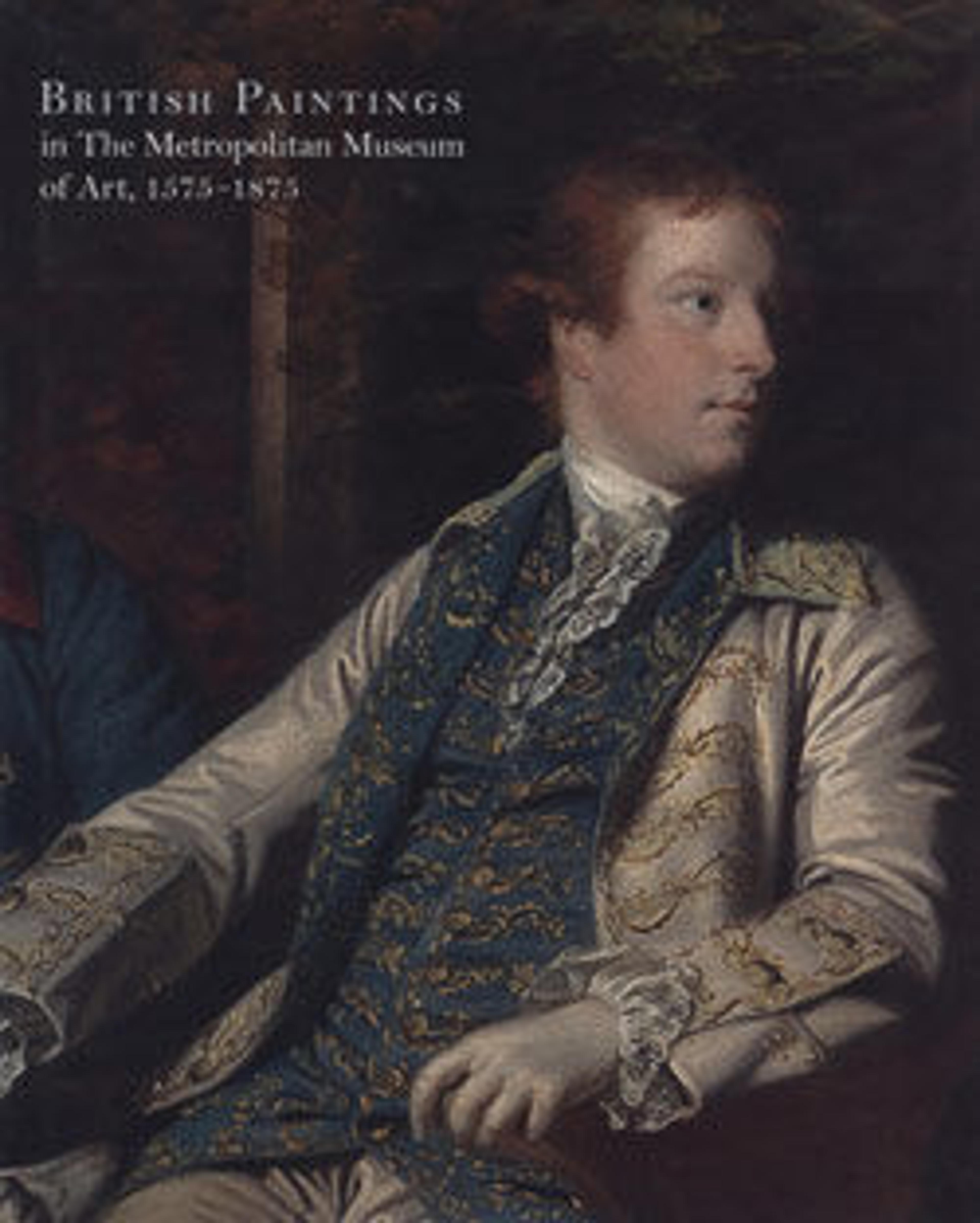An Old Bridge at Hendon, Middlesex
A follower of John Constable, Watts exhibited widely as a landscapist but ceased painting around 1860. The site of this work, Hendon, is part of suburban London today, but in Watts’s time it was still quite rural and attracted painters in search of rustic views. Watts's depiction is enlivened by small figures: passersby on the bridge, a wader in the stream, and a dog at the water’s edge. This painting is thought to have been exhibited at the Royal Academy in London in 1828.
Artwork Details
- Title:An Old Bridge at Hendon, Middlesex
- Artist:Frederick Waters Watts (British, Bath 1800–1870 Hampstead)
- Date:ca. 1828
- Medium:Oil on canvas
- Dimensions:21 3/4 x 32 3/4 in. (55.2 x 83.2 cm)
- Classification:Paintings
- Credit Line:Gift of George A. Hearn, 1897
- Object Number:97.41.3
- Curatorial Department: European Paintings
More Artwork
Research Resources
The Met provides unparalleled resources for research and welcomes an international community of students and scholars. The Met's Open Access API is where creators and researchers can connect to the The Met collection. Open Access data and public domain images are available for unrestricted commercial and noncommercial use without permission or fee.
To request images under copyright and other restrictions, please use this Image Request form.
Feedback
We continue to research and examine historical and cultural context for objects in The Met collection. If you have comments or questions about this object record, please contact us using the form below. The Museum looks forward to receiving your comments.
